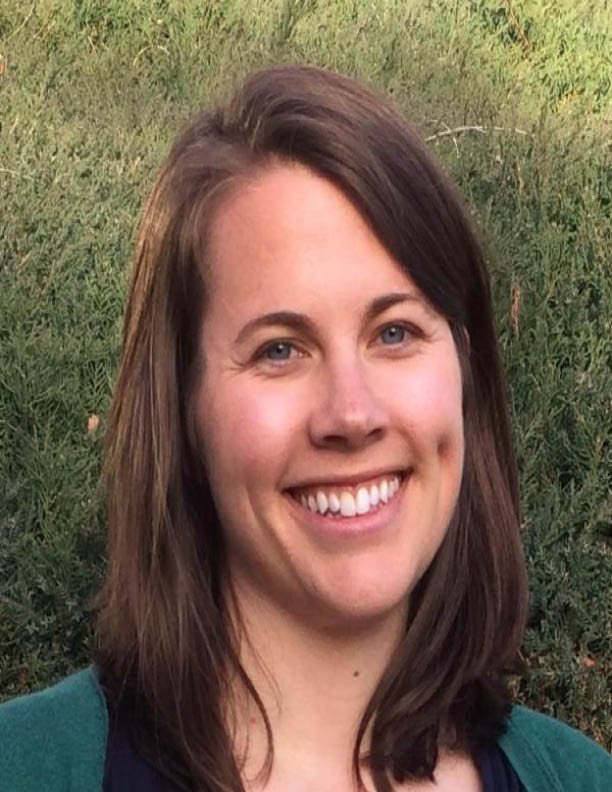GPS & GNSS Expert to Join Faculty this Fall

MINNEAPOLIS/ST. PAUL (07/06/21) – The Department of Aerospace Engineering & Mechanics is honored to welcome Kirsten Strandjord as one of the newest additions to our aerospace systems faculty. She will officially join the University of Minnesota team as an assistant professor at the start of the Fall 2021 semester.
Strandjord’s area of research is in Global Positioning System (GPS) and Global Navigation Satellite System (GNSS) technology and applications for positioning, navigation and timing (PNT). As part of this research, she characterizes the phenomena of GNSS multipath and the effects on position solutions. Another area of research related to urban navigation investigates the use of long-term evolution (LTE) signals typically used for communication purposes as signals of opportunity for navigation.
“Professor Strandjord adds considerable strength to our department’s research in positioning, navigation and timing (PNT). She is an expert in the use of GPS for navigation in urban environments. Her research interests also include using GPS for space applications, particularly far from Earth in high Earth orbits. She will add significant expertise to the University’s overall research in guidance, navigation and control of autonomous systems and robotics. Professor Strandjord has also shown a commitment to teaching and mentoring that will benefit AEM’s active student groups.” Said Department Head, Perry Leo.
Strandjord is thrilled for the opportunity to work alongside the aerospace systems group and the rest of her new colleagues. In addition to teaching AEM 5451 Optimal Estimation in the fall, the assistant professor will continue to push forward in her research on navigating challenging environments.
“One of my primary research interests is in improving GPS positioning in urban environments. In cities, GPS signals are often blocked by tall office buildings. Additionally, the signals can reach the GPS receiver via a non-light-of-sight (NLOS) path or be attenuated or diffracted by buildings. This results in positioning errors such that a vehicle using a traditional approach for GPS positioning would be uncertain of its location and need to reduce its speed or reroute its course. However, these errors can be mitigated by an approach that incorporates direct positioning techniques, additional signals-of-opportunity (SOP), and situational awareness for predicting visibility and signal reflections into positioning. I am interested in using every tool and technique at our disposal to improve navigation in these challenging environments.”
She is hoping to network and collaborate with other researchers in the new research area of aerial autonomy in urban environments, but the assistant professor is also thrilled to meet, teach, and collaborate with students.
“I was so impressed with the discussions I had with students regarding the projects they were working on and their level of enthusiasm for their research topics when I visited last year. It made the decision to come to Minnesota an easy one.” – Assistant Professor Kirsten Strandjord
Strandjord is currently a postdoctoral in the SENSE lab at the University of Colorado Boulder and has published papers on Navigation in the Urban Environment. She received her Ph.D. in Aerospace Engineering Sciences at the University of Colorado Boulder (2020), her M.S. in Aeronautical and Astronautical Engineering from Purdue University (2015), and her B.A. in Mathematics, Physics, and Computer Science from Luther College (2011). She is the recipient of the Lockheed Martin Corporation Endowed Graduate Fellowship (2019-20) and Draper Fellowship (2018-20). She received the John A. Vise Graduate Student Excellence Award for demonstrated excellence in academic research and community service (2019). She also received an award for Improved Modeling of IR Materials from Boeing (2012).
Prior to the University of Colorado Boulder, she was an optical navigation intern at NASA Goddard Space Flight Center, an electrophysicist/software engineer at Boeing Phantom Works, and completed astrophysics research and software development.
.